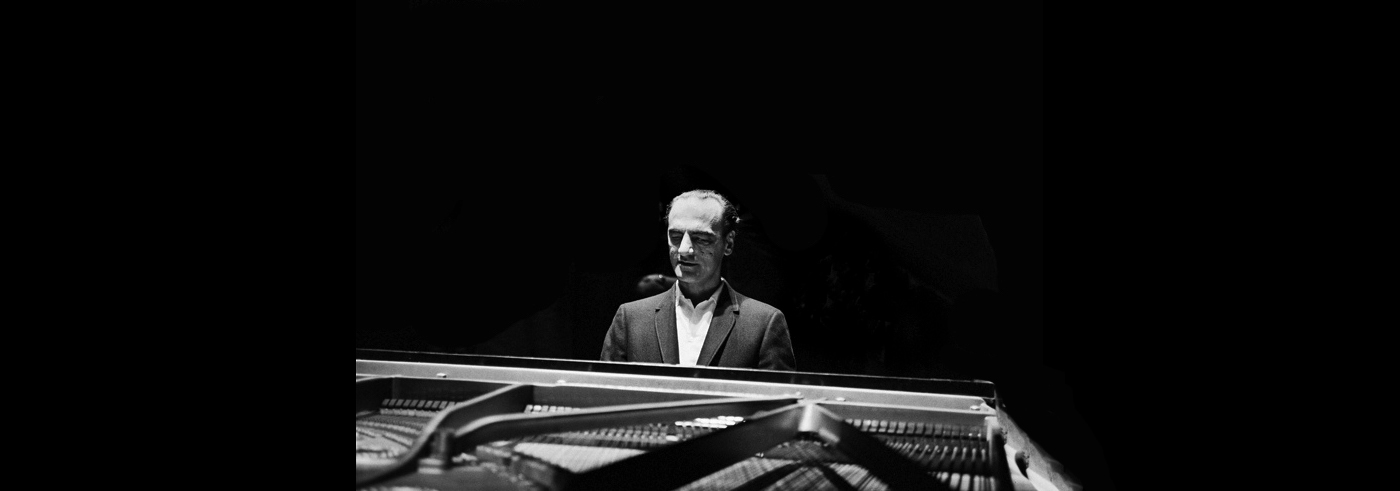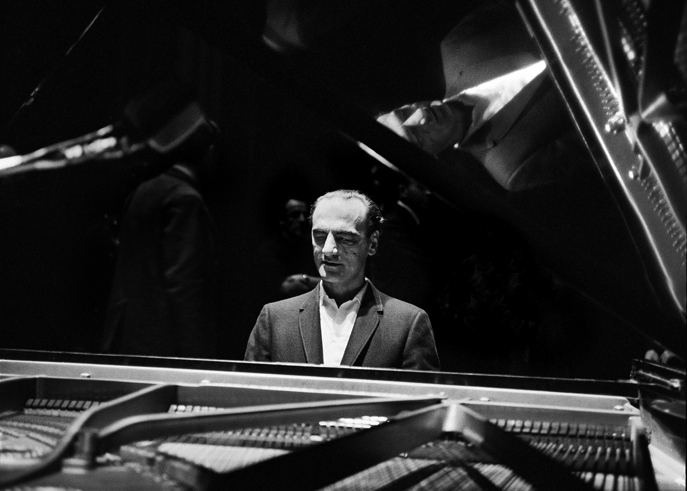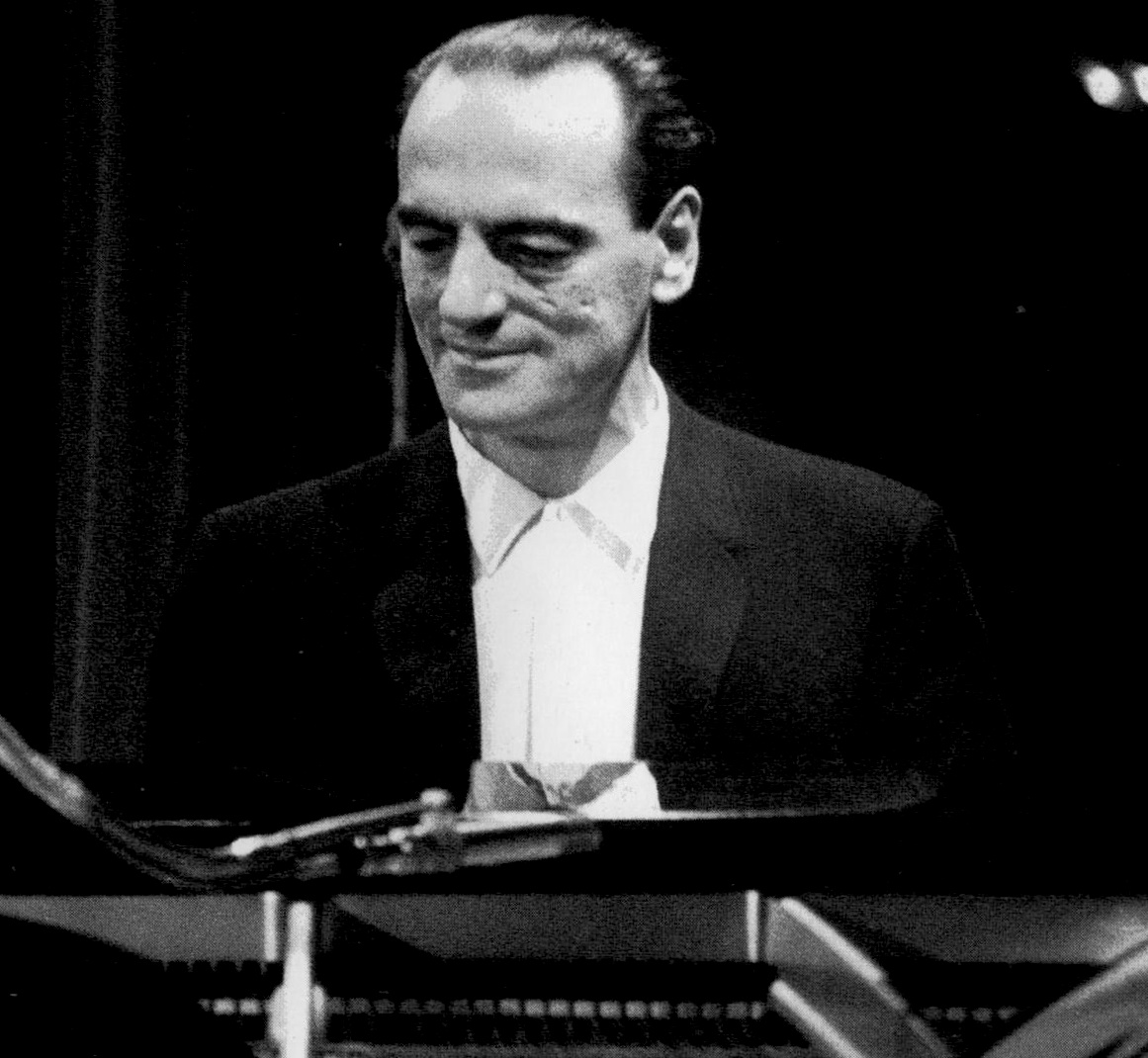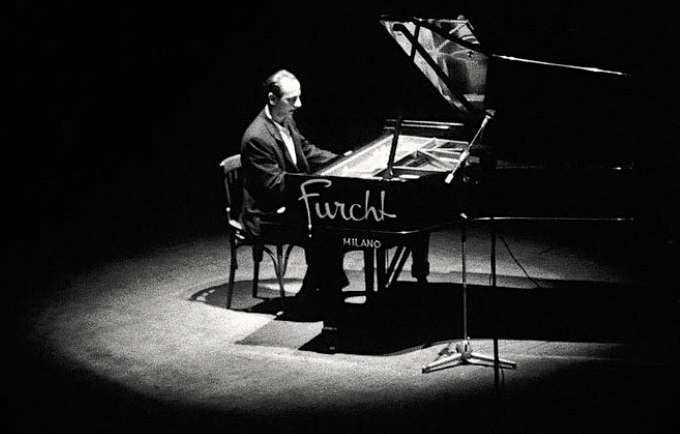

Lennie Tristano occupies a rare position not only in jazz history but in the history of twentieth-century music. Emerging from an era when modernism was the guiding principle in art, Tristano explored musical avenues that were avant-garde even by modernism’s experimental standards. In so doing, he tested and transcended the boundaries of jazz.
This ascetic, irascible and uncompromising genius took the implications of a “cool” jazz style – one that concentrated on quiet delivery, oblique effects, suppressed emotion and avoidance of theatricality – and pushed it to its purest extreme.
Tristano’s approach to jazz was unusual in its day. Rooted in the vocabularies of swing and bebop, it strove for a harmonic complexity that owed as much to Stravinsky and other twentieth-century classical composers as it did to Ellington and Parker. His linear solos suggested the contrapuntal nature of Bach, while his harmonic and rhythmic ideas were consistent with bebop but took its conceptions even further.
Tristano was an early contributor to the bebop style and a pioneer of recording techniques, the pianist was one of the first to recognize the importance of education to jazz and created a school to pass on his approach. He is one of the few in jazz whose achievements as a performer and as an educator are of equal strength.
In 1949, years before musicians such as Ornette Coleman and Cecil Taylor took credit for the movement, Tristano made the first recordings of “free jazz,” a new kind of group improvisation based on spontaneous interaction among band members without any regard for predetermined form, harmony, or rhythm. Then, in the 1950s, Tristano broke new ground by his use of multitracking.
Tristano was also a pioneer in the teaching of jazz, devoting the latter part of his career almost exclusively to music instruction. He founded a jazz school—the first of its kind—among whose students were saxophonists Warne Marsh and Lee Konitz.
With its blend of oral history, archival research, and musical analysis, Lennie Tristano sheds new light on the important role Tristano played in the jazz world and introduces this often-overlooked musician to a new generation of jazz aficionados.


